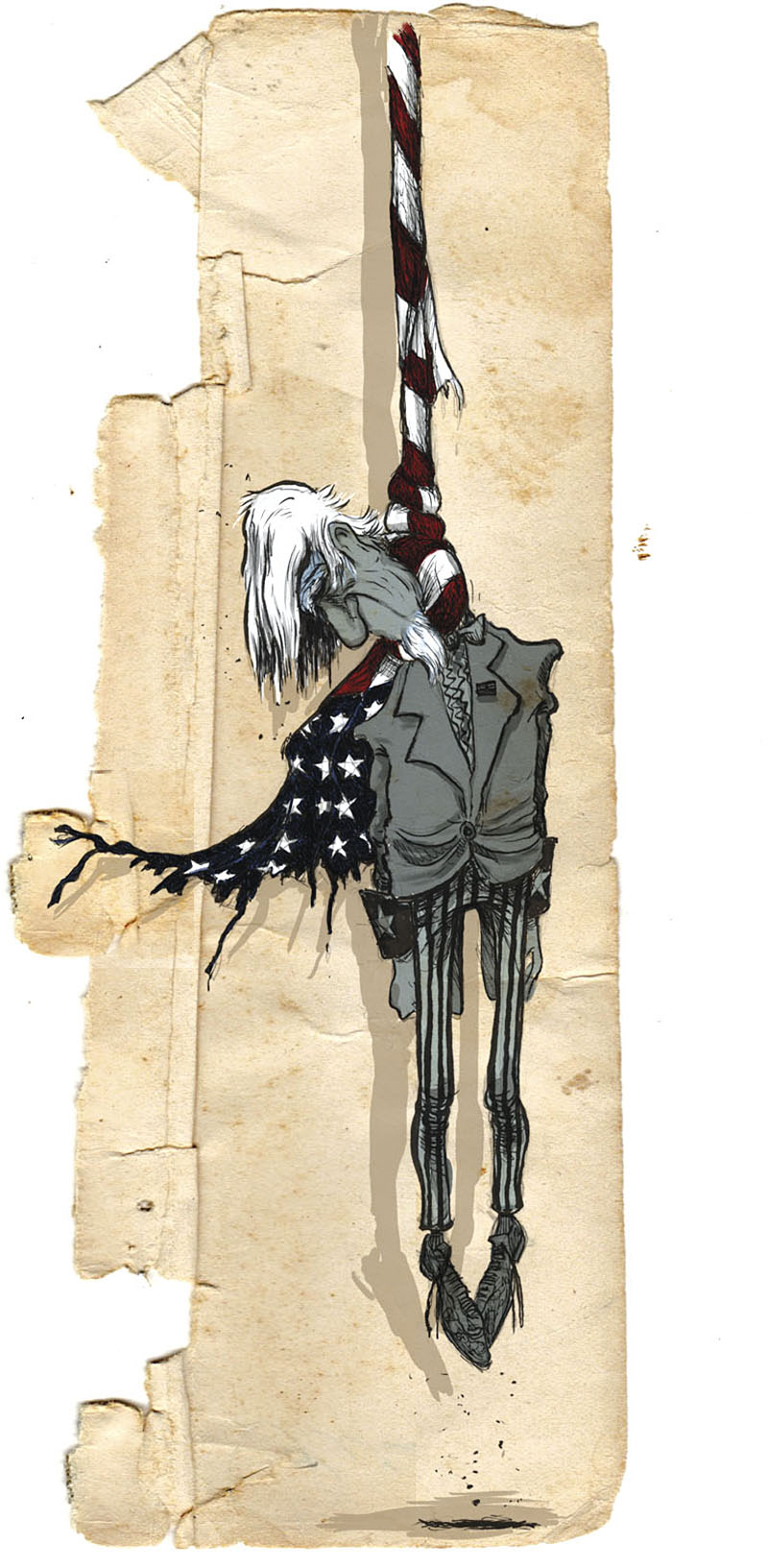As if to explain the massacre of villagers in Afghanistan, local and international news media have been saying, again, that Joint Base Lewis-McChord is a “troubled” post, perhaps the worst of all U.S. Army bases. But does that tell us anything about why the world- and possibly war-changing mass murder of 16 civilians was allegedly undertaken by one of JBLM’s demonstrably troubled sergeants?
As The Daily Telegraph of London puts it in a story headlined “Afghanistan massacre: soldier was stationed at ‘troubled base’ “: “Long before the US soldier suspected of slaying 16 Afghan villagers was identified as an Army sergeant from Joint Base Lewis-McChord, the installation had earned a reputation as the most troubled outpost in the American military.” Proof of this was that the “Army station . . . has come under scrutiny as the home of several soldiers involved in wartime atrocities in 2010 [the “kill team”] and a base scarred by a record number of suicides last year.”
Most important, said the Telegraph, Stars and Stripes had called Lewis-McChord “the most troubled base in the military” in 2010. The London paper also picked up a quote from Jorge Gonzalez, the veteran and activist who runs Coffee Strong, the Lakewood soldiers’ hangout. “This was not a rogue soldier,” Gonzalez declared, calling Lewis-McChord “a rogue base, with a severe leadership problem.”
“Troubled U.S. base” declared the headline in the Los Angeles Times as well, which led its story with a retelling of the planned 2010 shooting of Salt Lake City citizens by Spec. Brandon Barrett, who was preemptively killed by a Salt Lake cop, continuing: “Since then, the base has become one of the most troubled in the Army. This week, accusations that a Lewis-McChord sergeant in southern Afghanistan shot to death at least 16 civilians were added to the dozens of cases of killings, suicides, assaults, and other crimes linked to soldiers from the base.”
That was the story in Seattle media and on national TV too. In its report, “Afghan Killings: Troubled History of American Base,” ABC said that Lewis-McChord’s “troubled and bloody history” ranged “from assaults on American authorities in the U.S. to the ‘thrill killing’ of other Afghan civilians,” and cited “some of the most infamous incidents” of the past three years. They included ex-soldier Benjamin Colton Barnes, 24, who killed a park ranger after fleeing a New Year’s Eve house-party shooting; AWOL Staff Sgt. Nathan Ryan Smith, 29, who raped and tortured two women; and drug-addicted AWOL Private Dakota Wolf, 19, who killed a teenage girl in Kirkland.
An Associated Press story, “Afghanistan Suspect’s Base Had 2010 Killing Case,” also cited Coffee Strong’s Gonzalez (who is also personally calling for a congressional investigation of the base). He said he wasn’t surprised the accused Afghanistan village killer was from Lewis-McChord, since that’s where “we’re seeing soldiers committing suicide . . . murder and domestic violence.”
That’s true, of course. Lewis-McChord is, after all, now the West Coast’s biggest military base, an armed city of more than 60,000 military and civilian personnel, pivotal in the waging of war in Iraq and Afghanistan. It is where tens of thousands of soldiers, who rotate in and out of the battle zones, learn to kill or be killed in between trying to survive domestic life on the home front.
It’s an age-old story of the guaranteed conflict of war and peace and how some endure the transition better than others. I could write a book about it. And did. [It’s called Home Front: The Government’s War on Soldiers, and you should read it. —Ed.] In part, it traces the battle-related condition called “irritable heart” by afflicted Civil War vets, shell shock in WWII, and post-traumatic stress disorder since Vietnam.
Unfortunately, a jumble of stories about Lewis-McChord’s crimes don’t prove it’s a whole lot different from other bases. They fall short in addressing PTSD, which may have been the primary contributor to the massacre. Nor do these stories inform us much about what’s behind failures on the battlefield, by base command, and among mental-health treatment specialists—the wide-ranging basis for Stars and Stripes‘ “most-troubled” declaration in 2010.
For sure, an anecdotal collection of arguably related tragedies says little about why one of Lewis-McChord’s trainees left his post in the dark of night, walked to a sleeping village, and allegedly began shooting and stabbing women and children to death, when thousands of other Lewis-McChord trainees didn’t. Fortunately, we’re learning more about that now, with word that the accused Stryker sergeant, a 38-year-old trained sniper, suffered a traumatic brain injury from a vehicle accident in Iraq, but was cleared to return to duty. We also know he did three war tours in Iraq, and was cleared for his fourth deployment, in December, to Afghanistan.
There are obviously more defining details to come. Maybe one of these days we’ll begin to learn what was troubling him.








